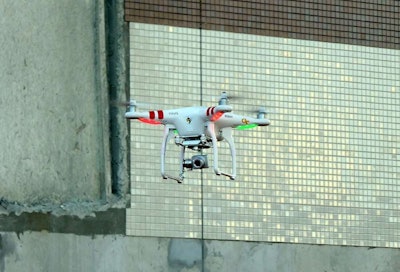
Despite a directive from Congress to do so, when designing the new $5 billion program that will replace the current air traffic control system, the Federal Aviation Administration did not include drones and Unmanned Aerial Vehicles as aircraft the system supports.
The FAA’s failure to do so has raised questions and more doubt over its ability to construct regulations that ensure safe commercial flight of these aircraft—a task it previously aimed to complete by next year.
Meanwhile, despite the agency’s emphatic assertion that commercial use of drones and UAVs, classified by the FAA as Unmanned Aerial Systems (UAS), is illegal, the agency’s lack of “enforceable” regulations has created a major gray area for all industries currently exploring how these aircraft could affect business.
The system, dubbed NextGen, was created by legislation passed by Congress in 2003, according to a report from the Associated Press. That legislation directed the FAA to design NextGen to support all types of aircraft, including UAS. NextGen will replace radar and radio communications with GPS navigation and digital communications.
RELATED: How drones and UAVs are already affecting construction jobsites
However, even with that directive from Congress, FAA deputy administrator Michael Whitaker said UAS, “weren’t really part of the equation when you go back to the origin of NextGen.” And Ed Bolton, the FAA’s assistant administrator for NextGen, explained the absence of UAS support by saying, “We didn’t understand the magnitude to which (drones) would be an oncoming tidal wave, something that must be dealt with, and quickly.”
Amazon and Google have both announced plans to launch drone delivery services and the construction industry has illustrated how the aircraft can be used in surveying, site and safety management and inspections.
The designers of NextGen say that as progress is made in building the system, it becomes harder to make changes, meaning adding support for UAS might be impossible at this point. That’s especially concerning considering the complex flight plans of larger commercial drones that the AP says “are expected to stay aloft at high altitudes for days or weeks at a time.”
Despite the FAA’s own goal of establishing regulations by next year, the plans for NextGen for the next five years “don’t address how drones will fit into a system designed for planes with pilots on board, but the agency will have to consider whether to do that,” the AP reports.












